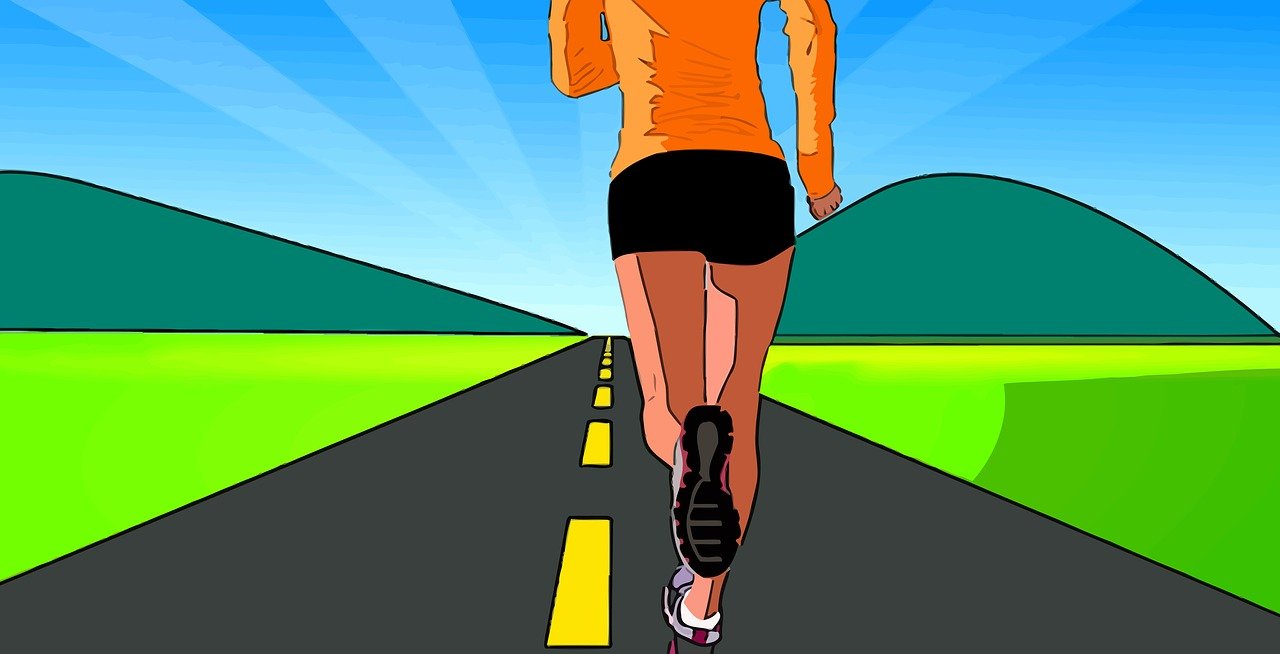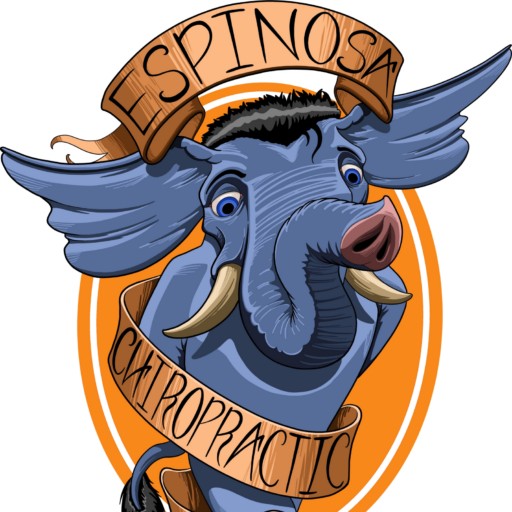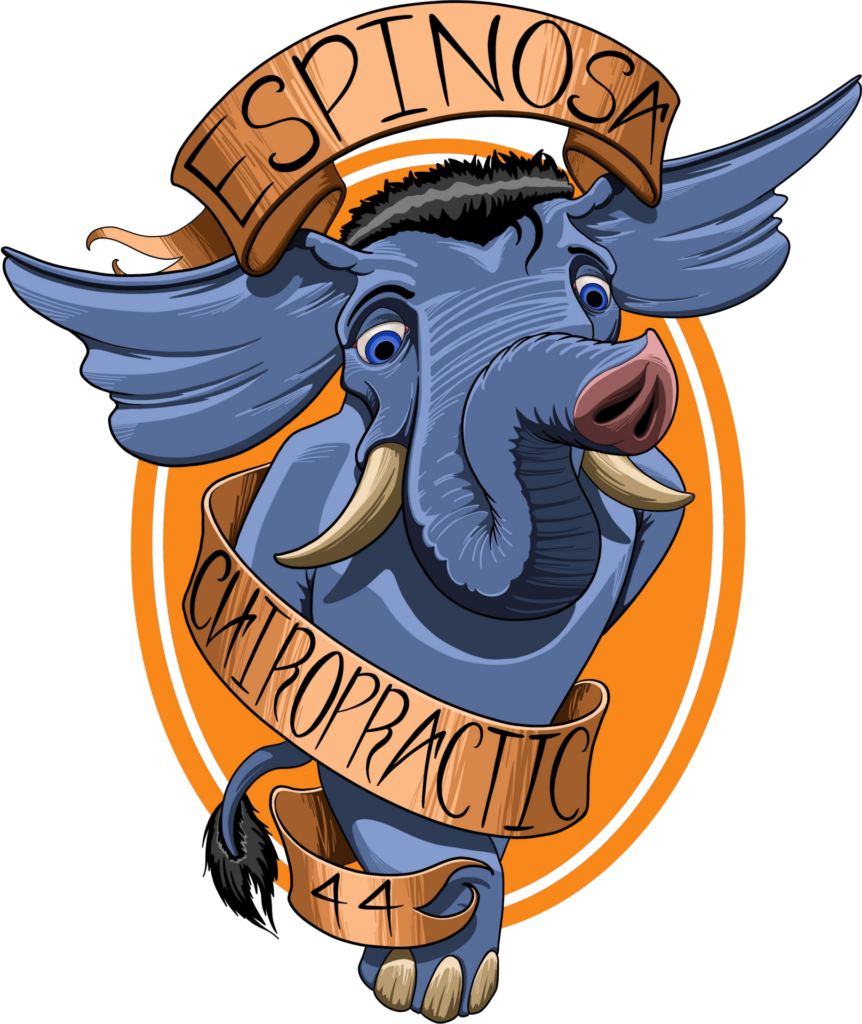Posts by adminjosh
Taking the Exercise Initiative

Starting an exercise plan may hurt at first
But keeping the upside in mind can help you overcome the roadblock of beginning. And once you get going, it only becomes easier- like a flywheel, your exercise routine will develop a momentum of its own, and the going will get easier. We believe that exercise is a cornerstone of wellness; in fact, exercise underpins everything we do during a chiropractic appointment. It strengthens the muscles that support the spine, improves core stability, maintains a range of motion, and improves circulation. And while the scientific community is still at a loss as to exactly how exercise creates the benefits that it does, the jury is unanimous in agreeing that exercising 150 minutes per week should be an essential health objective for all adults.
Blood Flow = Brain Power

Let the blood flow, in the circulation sense
Blood is your life force- it is the transport network that brings oxygen and nutrients throughout the body and carries away waste products that create problems when they accumulate. So what happens when circulation is stunted? Problems naturally occur when normal blood flow is restricted, including:
- Fatigue; lack of physical or mental energy
- Headache
- Anxiety
- Numbness and tingling or swelling in the extremities
Conditions that cause restriction to blood flow include diabetes, high blood pressure, high cholesterol and blood clots. So what can we do to keep the blood flowing as it should?
Nonspecific Lower Back Pain: How Bad can it Get?

Chronic nonspecific back pain is a horrific reality
And its presence in society is growing. Nonspecific low back pain, either acute or chronic, is defined as pain that has no detectable cause. As more people shift into the seats of white-collar office work, back pain is on the rise, peaking now as the second leading cause of workplace disability in the United States.
Sarcopenia is the Loss of Muscle Mass and It Affects Everyone

Sarcopenia is universal
Risk factors for sarcopenia include age, gender, and level of physical activity.
Everyone on earth is affected by the loss of muscle mass that comes with aging. But it is not the same for everyone, and only you get to decide how severe sarcopenia can really be. Sarcopenia sets in at some point during our thirties, and this beginning stage is perhaps the most crucial. Moderately active people may notice insignificant changes in muscle mass while inactive people may lose as much as 3-5 percent per year! This is a particularly bad precedent to set when you consider that sarcopenia only accelerates as we reach toward our sixties and seventies.
Super Bowl Stretches to Undo Sofa-Related Back Pain

Today, watch out for when the Comfy Couch Turns Ugly
Your sofa should be a place for relaxation
The world will be watching the Kansas City Chiefs play the Tampa Bay Buccaneers today, and most will be watching from a reclined couch while stuffing their face with carbs. This ritual has become a tradition that hinges on becoming a national holiday in America as the Super Bbowl grows in popularity every year. It makes sense too, because from the comfort of your home you can watch others mercilessly pound each other and be glad it is not your spine getting crunched play after play. But believe it or not, your spine is not entirely same either.
Sitting for long periods of time is hard on your spine
Studies show that sitting loads your spine with up to 3 times as much pressure as standing. What’s more, few sofas offer the support necessary to encourage you to maintain good posture. Most of us end up melting into the couch, which can have serious consequences for your spine if you spend a lot of time watching television or reading. Chances are, you are not going to stop sitting on the couch; instead, you can take proactive steps to relieve the stiffness that besets your back after sitting on the sofa for long periods of time.
Stretches to relieve back tension after a sofa session
- Spinal Twist: Sit up straight in a chair and slowly rotate your torso to one side, grabbing the back of the chair if you can. Only go until you feel a gentle stretch in the shoulder and oblique muscles of the core
- Spinal Elongation: stand straight up then bend at the waist and hang with your fingers reaching down toward your toes. Don’t go any further than the feeling of a gentle stretch. From here slowly raise back up to a standing-tall position then reach your hands up toward the sky and clasp them together. Hold for 3-5 seconds.
- Stretch the Neck: clasp your hands on the back of your head and lower your chin toward your chest until you feel a gentle stretch in the neck muscles.
- Stretch the hamstrings: the hamstrings are paired muscles which get tight and create a pull on the lower back, often resulting in uneven alignment of the spine. Sit on your butt with one leg tucked in criss-cross apple sauce and the other extended. Reach for the foot of the extended leg until you feel a slight stretch in the hamstring.
These stretches target the hamstrings, lower back, shoulders and neck, all the areas which are prone to tightness after a sofa session. Taking 3 minutes to stretch after an hour of sitting on the sofa can work wonders toward undoing the cycle of tension that eventually leads to back pain.
Please do yourself one more favor today when you get up during the halftime show, walk past the chips and soda and 7 layer dip. See if you can find a carrot to crunch on. And as you hear that crisp cool carrot shatter in your mouth, be glad that is not the spine of your favorite quarterback making the crunching noise on this great American holiday known as Super Bowl Sunday.
The Fastest Way To Spinal Health

What are the simple things you can do?
#1: Be proactive. You know that as you age, you face muscle and bone loss at accelerating rates. So why do you choose to do nothing about this? Slight changes in diet and activity levels help you offset the majority of this negative change.
2: Move more. We live in a sedentary society. Studies show that people who sit for 6+ hours a day have shorter lifespans than those who sit for only 3. Sitting may not be a disease but it certainly contributes to a lot of pain and dysfunction. As practitioners of spinal health, we are able to see the effects of sitting on a daily basis, and they are not pretty! So get up and go! Move for your life.
#3 Be mindful. Take things like posture seriously. Choose to adjust your body position often and always be aware of how your spine feels. If it needs to stretch, stretch; if it needs hydration, hydrate. As humans, we are so good at ignoring the things that make us feel truly well. It’s time to stop ignoring the pleas for help from your spine.
#4 Seek help. Spinal health can be an overwhelmingly large subject to tackle by yourself; even more so when you are in the grips of chronic back pain. Seeking help from a spinal health care specialist ensures that you get the care you need to take care of your condition effectively. Give our office a call to schedule an appointment today.
Spinal Healing Through Nutrition

Spinal health through nutrition is not a far-fetched idea
In fact, it is a very sound idea that too many of us ignore! Diet forms part one of the triad of factors that help you manage your own spinal health, along with exercise and sleep, (posture coming in a close fourth). You can choose ingredients that fortify your spine, as well as ones that directly address and reduce back pain. Fortunately, dieting for your spine overlaps with healthy dieting in general, with a few specifications. If you are looking for some inspiration to improve your spinal health this new year, check out our guide below for some sound advice.
Daily Dose of Back Pain Relief

What daily action do you take in support of your spine?
If you are a chronic sitter, proactive spinal care is a must. There is no disagreement among health professionals that sitting is the worst possible position for your spine. It puts more pressure on the spine than any standing or lying down, and the pressure is increased even further by poor posture, which is epidemic among chronic sitters. Here are the worst things that happen to your body (from a chiropractic perspective) while you sit:
- Glutes and hamstring muscles weaken
- Hip flexors tighten and pull your body out of alignment
- You gain weight which increases the pressure on your spine
- You develop stiffness throughout the back, but especially in the shoulders and the neck.
The cumulative effect is a weakening and destabilization at the base of the spine, which leaves you vulnerable to back pain and spinal degeneration.
An Action Plan for Releasing Neck Tension

Take a moment to apologize to your neck
You may not mean to impose so much tension upon this sensitive structure but, nonetheless, you still find yourself leaving work each day with a sore, stiff neck. It used to be that too much reading posed a significant threat to the cervical spine; now it is too much screen time. So many of our lives are lived in front of computer and smartphone screens and few of us credit the toll that they take on our cervical vertebrae. The natural instinct when using a screen, much like reading a book, is to crane your neck forward. This magnifies the already palpable weight of the head and increases the amount of downward pressure that is compressing your cervical vertebrae. What’s more, because we are barely moving, certain muscles are tightening and others are weakening from lack of use. What we then have is a complex network of muscles that are pulling your spine out of alignment, causing impingement on nearby spinal nerves.
Chiropractic Treatment for Patients Ages 40+

When we think of chiropractic treatment, many of us think “Car Accident,” or “Lower Back Problems,” and even things like “Workplace Injuries.”
Not many folks out there view chiropractic treatment as it should be viewed, as a drug-free wellness service geared toward patients from all walks of life.
When we get through our 20s and 30s our bodies are likely starting to feel the daily grind we’ve been putting ourselves through over and over again. Gravity starts to set in and our spines might be starting to get misaligned due to poor posture and overuse.
For our 40+ patients chiropractic treatment offers the following benefits:
- Better Night of Sleep
- Drug-Free Pain Relief
- Improved Flexibility
- Improved Mobility
- Improved Cognitive Function
- GI System Boost
- Immune System Boost
- Mood Boost
- And Much, Much More!
If you’re wondering how to get over any sort of humps that might be holding you back in your life, chiropractic might be the secret you’ve been looking for. Contact Espinosa Family Chiropractic to learn more about how our treatments keep patients of all ages healthy and well.
